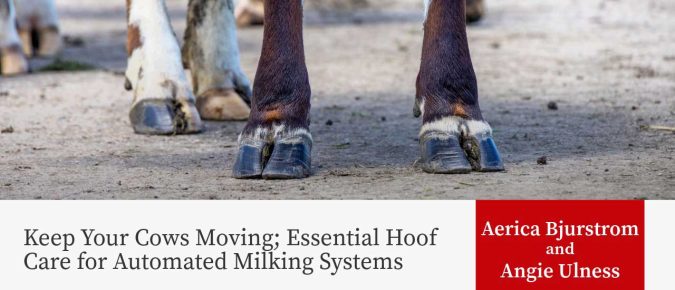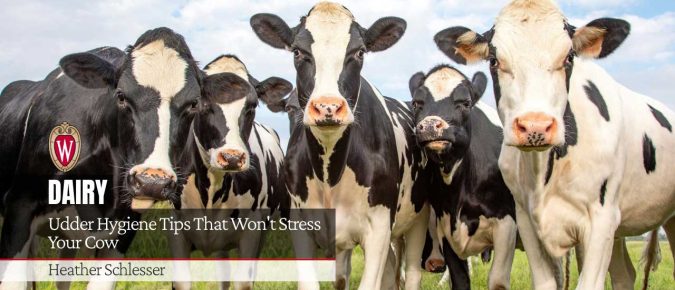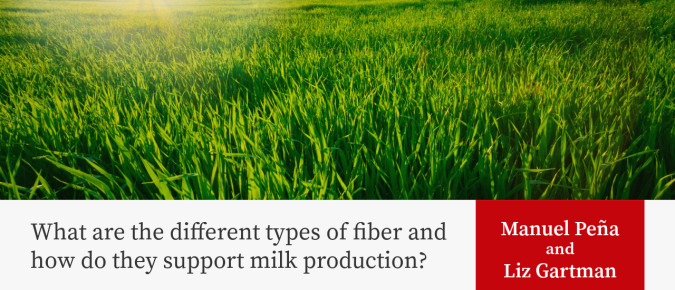Articles
Keep Your Cows Moving; Essential Hoof Care for Automated Milking Systems
Managing hoof health in AMS herds means being proactive with both design and daily routines.
Udder Hygiene Tips That Won’t Stress Your Cow
One method to improve udder hygiene is removing udder hair, which can trap manure and debris and harbor bacteria that increase the risk of infection and elevated somatic cell counts.
Adopting and Evaluating Mechanical Ventilation in Dairy Barns: A Calculator Guide
While natural ventilation works well under moderate weather conditions, it often becomes inadequate during periods of heat stress, especially in newer barns with more than four rows of stalls. These conditions have led to a growing interest in mechanical ventilation systems, which can provide more consistent and controllable airflow inside dairy facilities.
Protecting Dairy Cattle: Safe Handling of Needles and Injectable Veterinary Products
Handle animal injections safely to prevent infection, injury, and medicine failure. Clean tools and smart steps make a big difference.
Introduction to the Understanding Automatic Milking Systems Article Series
The use of Automatic Milking Systems (AMS) on dairy farms has steadily grown since their introduction in the late 1990s and early 2000s. Also known as Robotic Milkers, AMS utilizes robotic arms, sensors, and automated controls to milk cows with minimal human intervention.
Beyond BMR: Securing the Future of High-Quality Corn Silage
As some BMR hybrids begin to phase out, the future of high-quality corn silage will depend on how well we adapt, from evaluating new hybrids like short-statured corn, to exploring biological products and fine-tuning management practices like plant population and cutting height.
▶️ Watch: How Can Nutrition Help Us in Taming Inflammation and Improving Cow Health
How Can Nutrition Help Us in Taming Inflammation and Improving Cow Health Introduction Chapters Highlights Key Insights Summary Introduction Dr. Daniel Rico, researcher in Animal Nutrition and Physiology at CRSAD in Quebec, Canada, and Eduardo Rico, Assistant Professor at the Department of Clinical Studies at the University of Pennsylvania, School of Veterinary Medicine, discuss how […]
What are the different types of fiber and how do they support milk production?
Fiber is a type of carbohydrate and successful inclusion in the diet supports overall cow health and productivity.
Corn Silage Cutting Height Calculator – Background and Guide
Improving nutritive value, and therefore energy potential, can maximize the benefits of home-grown forages and reduce reliance on purchased feeds.
Keeping Dairy Farm Workers Safe During Extreme Heat
Working on dairy farms during hot weather presents unique challenges. Heat exposure kills more people annually than floods, tornadoes, lightning, and hurricanes combined.
▶️ Watch: Improving Reproductive Management of Dairy Replacement Heifers
Webinar on dairy heifer reproduction: hormone timing, synchronization protocols, and genetic strategies to optimize fertility and farm profitability.
Before You Buy: A Farm Tech Investment Planning Guide
Automation is no longer a distant vision. Technology is being used to fill labor gaps, trim costs, increase efficiency, and boost precision. Success, though, still begins with a solid plan.
















